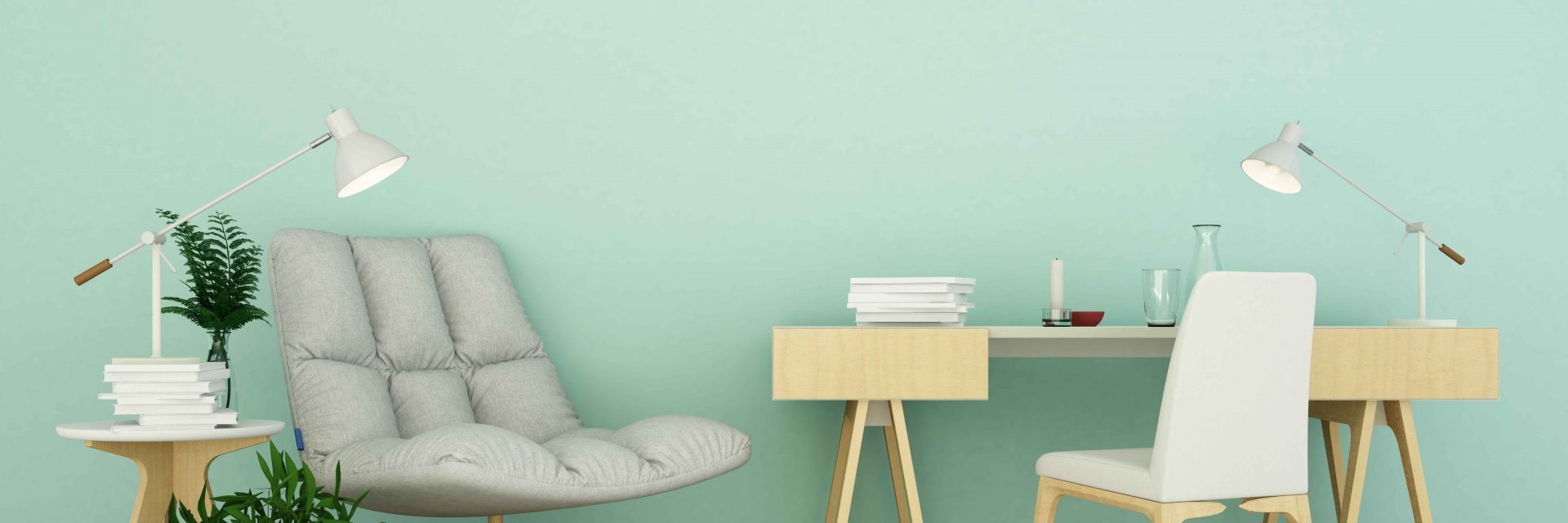Examine The Function Of Seasonal Factors In The Success Of Commercial Outside Painting And Discover The Best Times To Protect Long-Term Outcomes For Your Task
Examine The Function Of Seasonal Factors In The Success Of Commercial Outside Painting And Discover The Best Times To Protect Long-Term Outcomes For Your Task
Blog Article
Created By-Ford Browne
When you're intending an industrial exterior paint task, seasonal aspects can make or damage your results. You'll wish to consider just how temperature level and humidity influence paint application and drying times. Choosing the appropriate period can ensure your paint adheres properly and lasts longer. Yet which seasons are genuinely the most effective for this kind of work? Let's explore the key elements that can impact your project's success.
The Influence of Temperature Level on Paint Application
When you're intending a business external paint task, the temperature can considerably impact how well the paint adheres and dries out.
Ideally, you intend to repaint when temperature levels range between 50 ° F and 85 ° F. If it's as well chilly, the paint may not heal appropriately, leading to concerns like peeling off or splitting.
On the other side, if it's too hot, the paint can dry out too promptly, protecting against proper bond and leading to an uneven finish.
You should also think about the time of day; morning or late afternoon supplies cooler temperatures, which can be a lot more favorable.
Always inspect the producer's referrals for the specific paint you're making use of, as they usually supply assistance on the ideal temperature range for ideal outcomes.
Humidity and Its Effect on Drying Times
Temperature level isn't the only environmental element that affects your commercial external painting project; humidity plays a substantial role too. High humidity levels can decrease drying times drastically, affecting the total top quality of your paint work.
When the air is saturated with wetness, the paint takes longer to treat, which can bring about issues like poor attachment and a higher threat of mildew development. If visit the up coming website on a specifically humid day, be planned for extended delay times in between coats.
It's vital to check local climate condition and strategy appropriately. Ideally, aim for moisture degrees in between 40% and 70% for optimal drying out.
Keeping these consider mind guarantees your job remains on track and delivers a long lasting coating.
Best Seasons for Commercial Exterior Paint Projects
What's the best season for your industrial outside paint jobs?
Springtime and early fall are commonly your best bets. Throughout these periods, temperature levels are moderate, and humidity degrees are usually lower, developing perfect conditions for paint application and drying out.
Prevent summer's intense heat, which can trigger paint to dry as well promptly, resulting in bad adhesion and finish. Similarly, wintertime's chilly temperature levels can hinder correct drying out and treating, risking the longevity of your paint work.
Aim for days with temperatures between 50 ° F and 85 ° F for optimum outcomes. Remember to inspect the neighborhood weather forecast for rain, as wet problems can destroy your job.
Preparation around these elements ensures your painting project runs efficiently and lasts much longer.
Final thought
To conclude, preparing your industrial outside painting tasks around seasonal considerations can make a substantial distinction in the end result. By scheduling work during the excellent temperature levels and humidity levels, you'll make certain far better attachment and drying out times. check this link right here now in mind to watch on neighborhood weather prediction and choose the right time of year-- springtime and very early autumn are your best bets. Taking these steps will assist you achieve a sturdy and professional finish that lasts.
